I love my own and respect other people’s
Serbs are very proud of there identity
Every person that is from serbia loves there Identity
Serbian Flag
A flag is one of the most important factors that describe a country’s identity.
It can reflect the beauty and values of a nation, and the Serbian flag has three colored vertical stripes which are red, blue, and white. These colors are associated with the following things:
The red color on the Serbian flag represents the blood shed for this country in many wars; the blue is connected to freedom and the sky, while white represents a mother’s milk.
The Pannonian Falcon
The two-headed falcon is seen as a symbol of freedom, power, and resilience, which Serbs demonstrated in many wars.
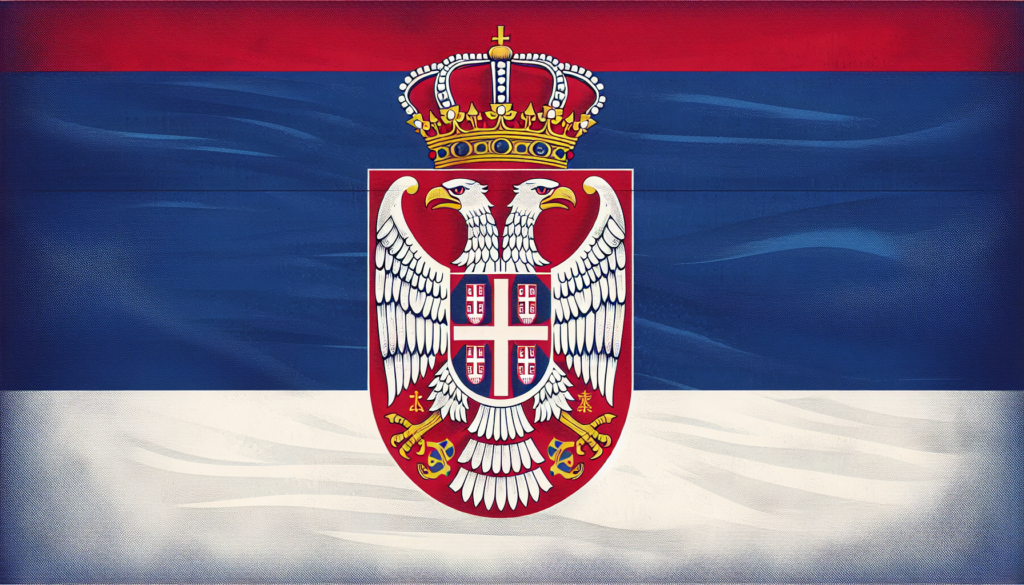
Serbian Cross
Did you know that Serbia has its own cross?
It is also called an Orthodox cross.
The cross is found on the Serbian flag and is one of the crucial signs of Serbs.
The 4 Cyrillic “s” letters are there to remind us that only the unity of people can save us.
SAMO SLOGA SRBINA SPASAVA, which means – Only unity saves the Serb.
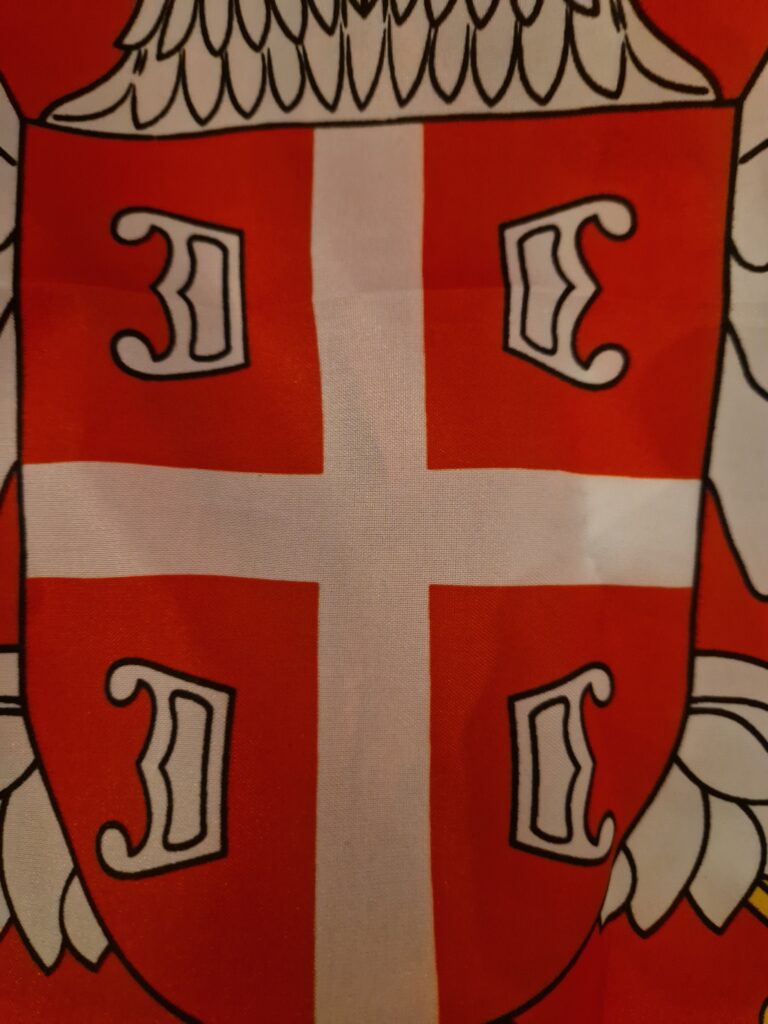
St. Sava
St. Sava is an important Orthodox figure in Serbian religion and culture.
He is also the founder of the Serbian Orthodox Church and a founder of Serbian schools and hospitals.
Because of this, he is celebrated by schools and students in Serbia.
He was a Serbian prince who escaped from home and decided to become a monk.
During his life, he helped and healed a lot of people, and people loved and respected him. At the time of struggle and war, he was the thing that gave people hope and a feeling of safety. He was so respected and loved that during the time of the Turkish Empire, the Turks burned his skull just to destroy people’s hope and love for him. After centuries, people built a church on the site where his skull was burned. Now, this church is one of the biggest churches in Serbia.
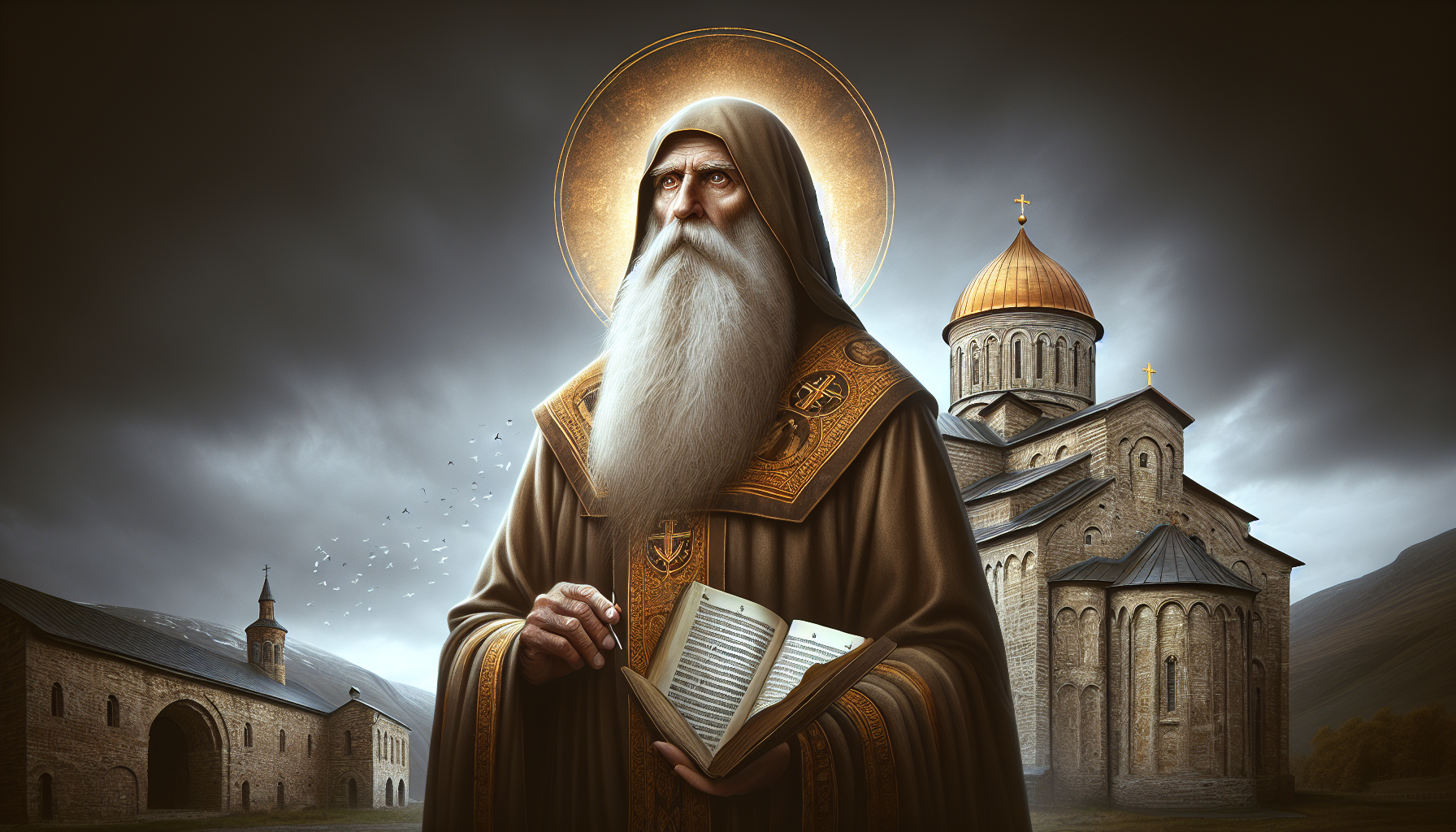
National Anthem
Every country has its own national anthem that is played at ceremonies and sports events.
The Serbian Anthem is named “BOŽE PRAVDE,” which means “God of Justice.”
It was written and composed in 1872.
It has been the official Serbian national hymn since 2006.
Here you can hear it.
Vuk’s Language Reform
Vuk Karadžić was a Serbian linguist and the father of Serbian literature.
Through reforming the Cyrillic alphabet, he created the simplest way for spelling.
He discovered that the Serbian language has 30 sounds; he also removed 18 letters that had no use in Serbian.
In 1818, he published the “Serbian Lexicon.”
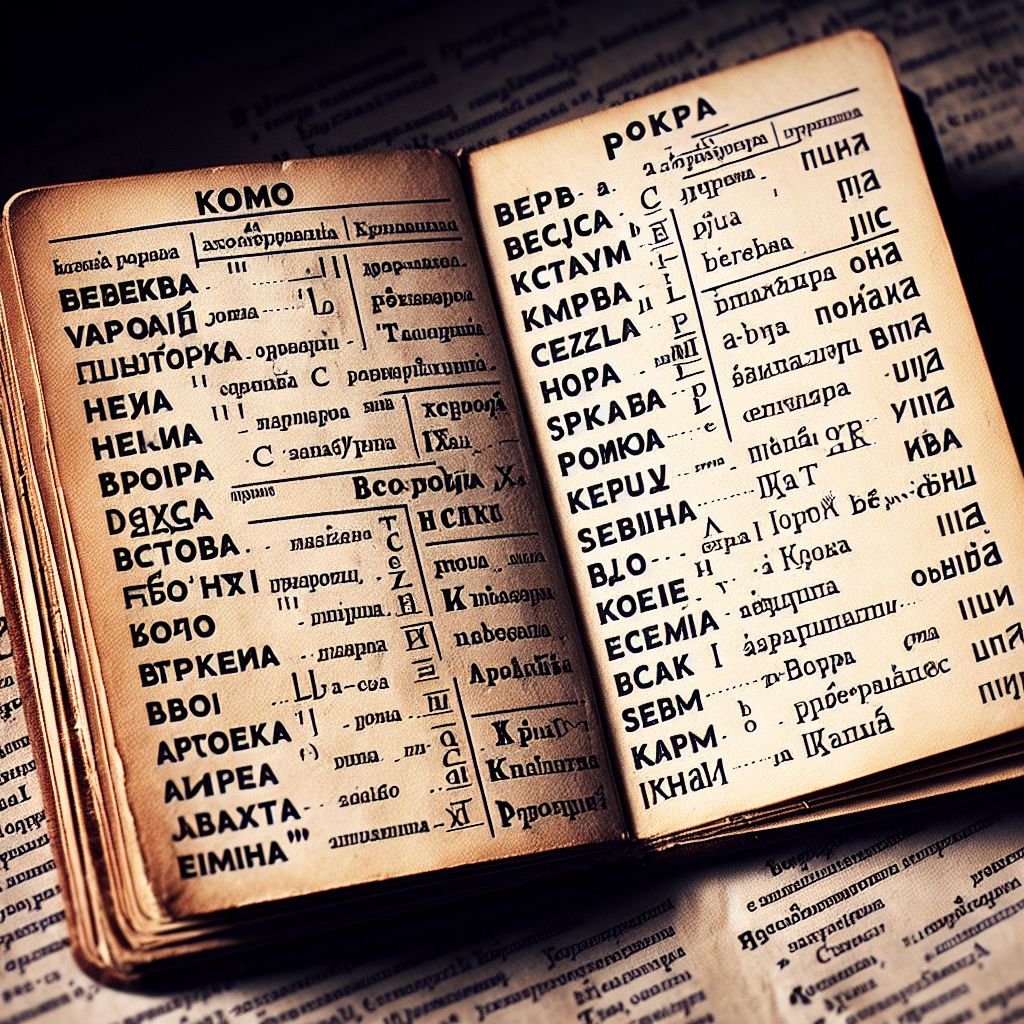
The Ajvar
Ajvar is a Serbian dish that you can spread on bread or eat with any other dish.
It is made by Serbian grandmothers and mothers, mostly in autumn.
But you can buy it in local stores, too.
It is made with eggplants, peppers, and garlic.
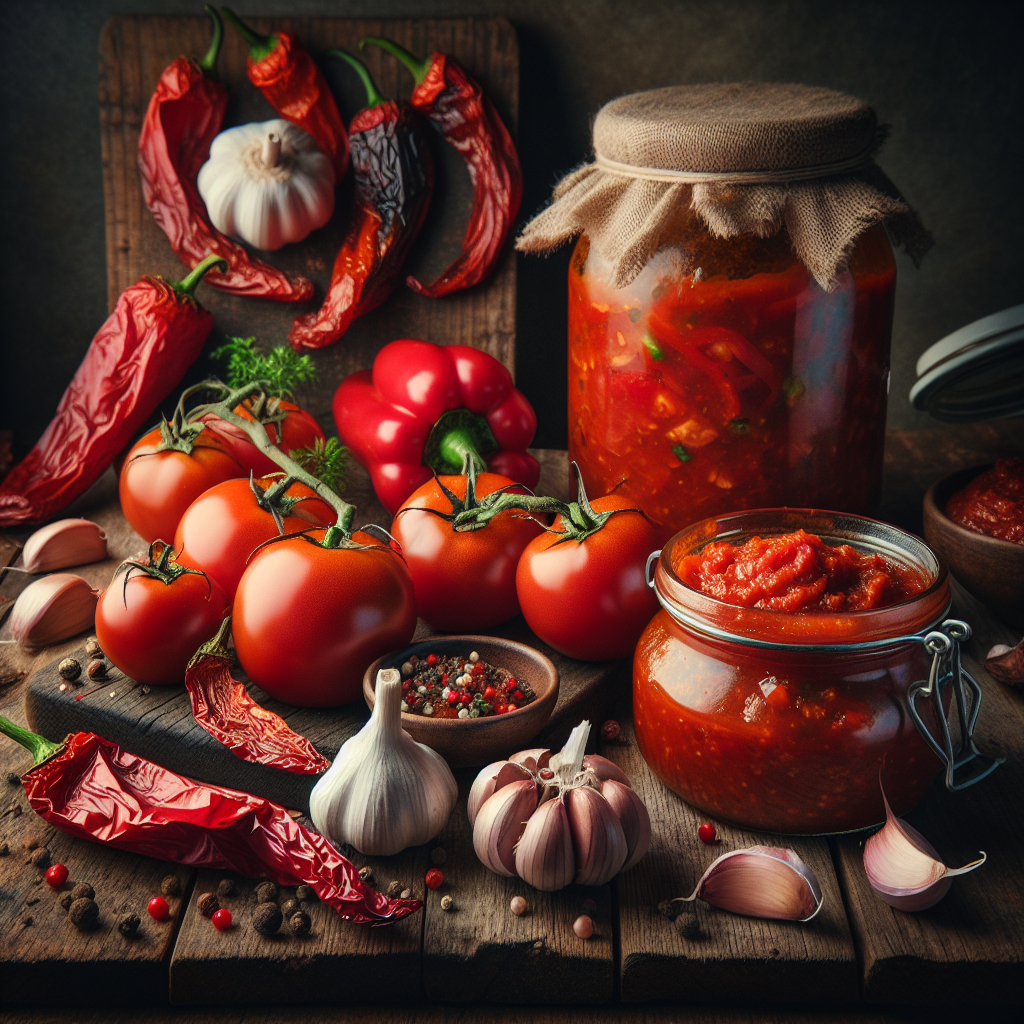
Resources
https://www.srbija.gov.rs/tekst/en/130128/national-symbols.php
https://www.britannica.com/biography/Vuk-Stefanovic-Karadzic

a7n9eg